what are the hardiest perennials
sweetleelee
19 years ago
Related Stories

FALL GARDENINGWhy Fall Is the Best Time for Planting
Spring is overrated for planting. Starting plants in autumn has advantages for both garden and gardener
Full Story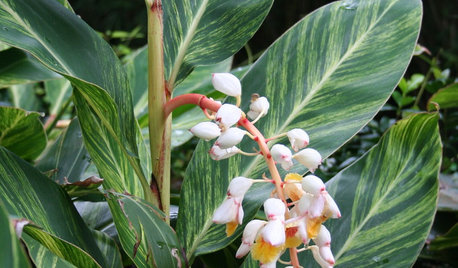
GARDENING GUIDES7 Tropical Bulbs for a Summer Garden That Wows
Try these stunners in summer's powerful heat for garden thrills with an exotic flair
Full Story
FALL GARDENING7 Reasons Not to Clean Up Your Fall Garden
Before you pluck and rake, consider wildlife, the health of your plants and your own right to relax
Full Story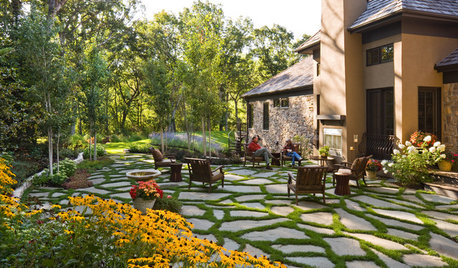
GARDENING AND LANDSCAPINGPatio Pavers Go Green in Between
Kind to the environment and easy on the eyes, pavers with moss or other foliage in the joints create a charming permeable hardscape
Full Story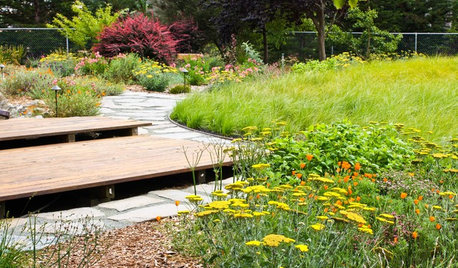
GARDENING GUIDES8 New Ways to Garden This Year
A successful garden means knowing the plants, the wildlife and yourself
Full Story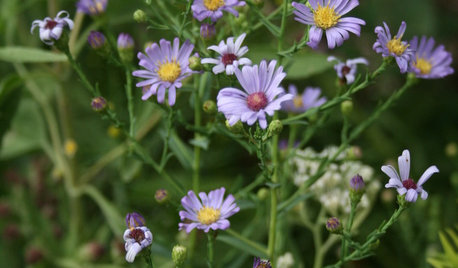
NATIVE PLANTSAutumn Joy: How to Get 3 Months of Fall Flowers
Enjoy blooms from September to November by mixing 6 asters native to different areas of the U.S.
Full Story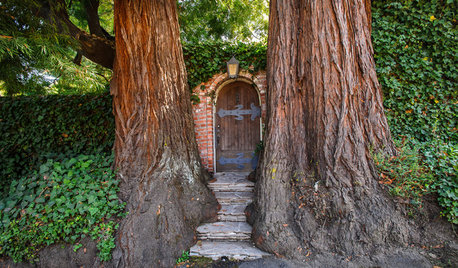
FUN HOUZZ14 Gardens Straight Out of Fairy Tales
Escape into landscapes that conjure the magical worlds of folklore and literature
Full Story
GARDENING GUIDESWhat Kind of Roses Should You Grow?
Want to add the beauty of roses to your garden? Find out which ones, from old-fashioned to modern, are right for you
Full Story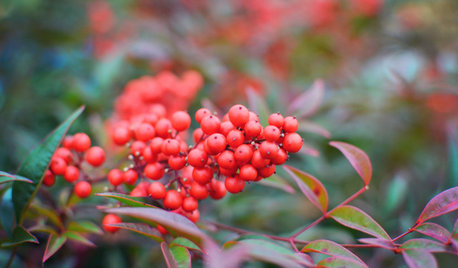
WINTER GARDENINGNew Year, New Landscape — What to Do in Your January Garden
Whether you've resolved to make over your garden or just enjoy it more, these tasks can help
Full Story
FALL GARDENING6 Trees You'll Fall For
Don’t put down that spade! Autumn is the perfect time for planting these trees
Full Story





mytime
dentaybow
Related Professionals
Barrington Hills Landscape Architects & Landscape Designers · Bellflower Landscape Architects & Landscape Designers · Arlington Landscape Contractors · Cockeysville Landscape Contractors · Hampton Bays Landscape Contractors · Mequon Landscape Contractors · New Braunfels Landscape Contractors · Newberg Landscape Contractors · North Potomac Landscape Contractors · Wallingford Landscape Contractors · White Bear Lake Landscape Contractors · Whitehall Landscape Contractors · Grandview Swimming Pool Builders · North Hollywood Swimming Pool Builders · Rockwall Swimming Pool BuilderssweetleeleeOriginal Author
Woody_Canada
sweetleeleeOriginal Author
mytime
dentaybow
northeastwisc
sheryl_ontario
JULIE1142
elanas
mrduguay
leaveswave
REID1975